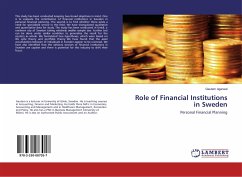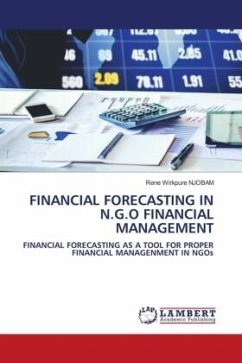
Governance of financial institutions
Comparative study between Crédit Mutuel du Sénégal and Ecobank Senegal
Versandkostenfrei!
Versandfertig in 6-10 Tagen
29,99 €
inkl. MwSt.

PAYBACK Punkte
15 °P sammeln!
Financial institutions, which can be defined as companies that produce and sell financial services, include banks, non-bank credit institutions, investment firms and insurance companies. A distinction can be made between monetary financial institutions (those with the power to create money: central banks, commercial banks), specialized financial institutions (credit institutions entrusted by the State with a public-interest mission); national financial institutions (commercial banks, etc.) and international financial institutions (IMF, World Bank, Federal Reserve). In Africa, and more specific...
Financial institutions, which can be defined as companies that produce and sell financial services, include banks, non-bank credit institutions, investment firms and insurance companies. A distinction can be made between monetary financial institutions (those with the power to create money: central banks, commercial banks), specialized financial institutions (credit institutions entrusted by the State with a public-interest mission); national financial institutions (commercial banks, etc.) and international financial institutions (IMF, World Bank, Federal Reserve). In Africa, and more specifically in Senegal, the two financial institutions most familiar to the public are traditional banks and microfinance institutions. Throughout the world, these two types of financial institution have demonstrated that they are today both essential and effective tools in the fight against poverty, thanks to their ability to provide financial services through conventional banking systems.












